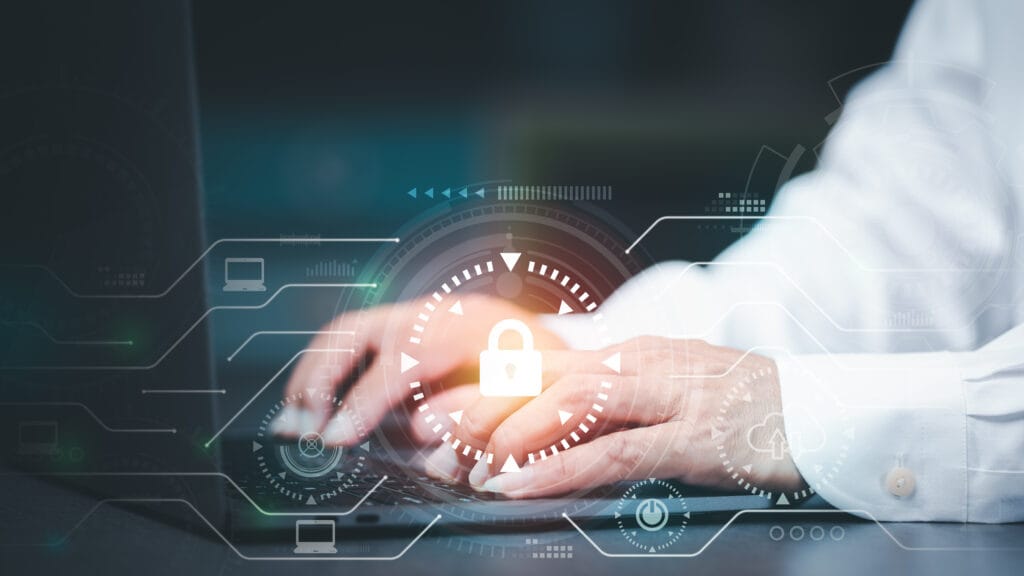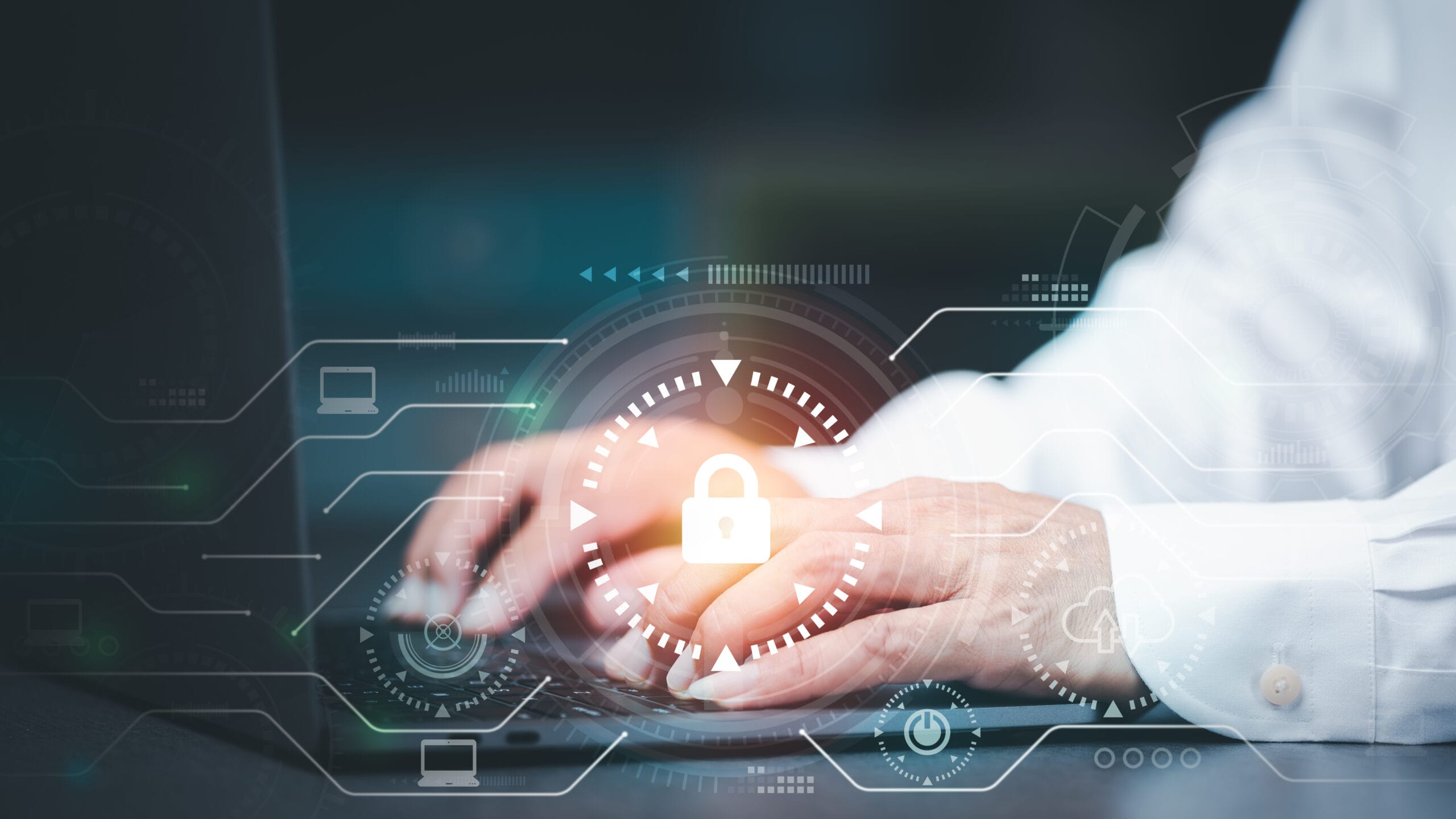The Evolving Landscape of Cybersecurity in 2024
As we enter 2024, cybersecurity remains one of the most pressing issues facing businesses today. The digital landscape is constantly changing, and so are the threats that accompany it. Every year, new technologies emerge, bringing with them new opportunities for growth and innovation. However, these advancements also present new vulnerabilities. For businesses, this means they must be proactive in protecting their data and systems from cyber threats. This blog post will explore the latest cybersecurity threats businesses face, the challenges these threats pose, and effective solutions to combat them.
Understanding Cybersecurity: What Does It Mean for Businesses?
Cybersecurity is not just a technical issue; it’s a fundamental aspect of any business strategy. At its core, cybersecurity involves protecting computer systems, networks, and data from unauthorized access, theft, damage, or disruption. For businesses, this means ensuring that sensitive information—like customer data, financial records, and proprietary information—remains safe.
In 2024, the stakes are higher than ever. A data breach can lead to significant financial losses, legal repercussions, and damage to reputation. Therefore, understanding the importance of cybersecurity is crucial. Businesses must prioritize cybersecurity as a core component of their operations. This involves not only implementing security measures but also fostering a culture of security awareness among employees.
Emerging Cybersecurity Threats in 2024
Ransomware Attacks: The Growing Menace
Ransomware attacks are among the most dangerous threats facing businesses in 2024. These attacks involve malicious software that encrypts a victim’s data, making it inaccessible. The attacker then demands a ransom payment to decrypt the files. Ransomware attacks can be devastating for businesses, leading to extensive downtime and data loss.
In recent years, ransomware attacks have become more sophisticated. Cybercriminals now use advanced tactics, such as double extortion. In this scenario, they not only encrypt the data but also threaten to leak sensitive information if the ransom isn’t paid. This added pressure can compel businesses to pay up, even if it means funding criminal activity.
To protect against ransomware, businesses should focus on prevention. Regularly backing up data is crucial. This means having secure copies of critical information stored separately from the main system. Additionally, businesses should implement strong security measures, such as firewalls, antivirus software, and employee training on identifying potential threats.

Phishing Scams: More Sophisticated Than Ever
Phishing scams remain a significant threat in 2024. These scams involve cybercriminals impersonating legitimate organizations to trick individuals into revealing personal or sensitive information. Phishing can occur through emails, messages, or even phone calls.
What makes phishing particularly concerning is how sophisticated these attacks have become. Cybercriminals use social engineering techniques to create a sense of urgency. For example, an employee might receive an email that appears to be from a trusted source, urging them to click a link to resolve an urgent issue. These tactics make it challenging for individuals to discern legitimate communications from malicious ones.
To combat phishing, businesses must educate employees about the risks and signs of phishing attempts. Regular training sessions can help employees recognize suspicious emails and messages. Additionally, implementing email filtering systems can help catch phishing attempts before they reach inboxes.
Insider Threats: The Risks from Within
Insider threats pose a unique challenge for businesses. These threats originate from individuals within the organization, such as employees or contractors. An insider threat can be intentional, where someone deliberately seeks to cause harm. Alternatively, it can be accidental, where an employee unknowingly exposes sensitive information.
In 2024, the prevalence of insider threats is on the rise. Remote work and flexible arrangements have made it easier for sensitive data to be mishandled. For instance, an employee may unintentionally share confidential information via unsecured channels.
To mitigate insider threats, businesses should implement strict access controls. This means only granting employees access to the data necessary for their roles. Regular monitoring and audits can also help identify unusual behavior that may indicate a potential threat. Furthermore, fostering a culture of trust and transparency can encourage employees to report suspicious activities without fear of repercussions.
Internet of Things (IoT) Vulnerabilities
The rise of the Internet of Things (IoT) has introduced new vulnerabilities in cybersecurity. IoT devices, such as smart sensors, cameras, and connected machinery, are increasingly common in business operations. While these devices can enhance efficiency, they also create additional entry points for cybercriminals.
In 2024, the security of IoT devices is a significant concern. Many IoT devices lack robust security features, making them easy targets for attackers. A compromised IoT device can provide hackers with access to the entire network, leading to potential data breaches.
To protect against IoT vulnerabilities, businesses should prioritize the security of all connected devices. This includes regularly updating firmware and software to patch known vulnerabilities. Implementing network segmentation can also help limit access to critical systems. By isolating IoT devices on separate networks, businesses can minimize the risk of a breach affecting sensitive data.
Challenges Businesses Face in Cybersecurity
Increasing Attack Surfaces in a Remote Work Era
The shift to remote work has significantly increased the attack surface for many businesses. Employees accessing company networks from various locations and devices create new vulnerabilities. Each device connected to the network can potentially serve as an entry point for cybercriminals.
In 2024, businesses must address the security implications of remote work. Ensuring secure connections through Virtual Private Networks (VPNs) is essential. Additionally, implementing strong authentication methods can help protect against unauthorized access.
Compliance and Regulatory Pressures
Compliance with security regulations is another challenge businesses face in 2024. Various industries are subject to strict regulations regarding data protection and privacy. Failure to comply with these regulations can result in hefty fines and legal repercussions.
Navigating the complex landscape of cybersecurity compliance requires ongoing effort. Businesses must stay informed about relevant regulations and ensure their cybersecurity measures align with legal requirements. Regular audits and assessments can help identify areas needing improvement.
Shortage of Cybersecurity Professionals
The demand for cybersecurity professionals continues to outpace supply. In 2024, many businesses struggle to find qualified personnel to manage their cybersecurity efforts. This shortage can leave organizations vulnerable to cyber threats.
To address this challenge, businesses should consider investing in training and development programs. Upskilling existing employees can help bridge the talent gap. Additionally, fostering partnerships with educational institutions can create a pipeline of skilled cybersecurity professionals.
Cybersecurity Solutions for Businesses in 2024
Implementing Multi-Factor Authentication (MFA)
Multi-Factor Authentication (MFA) is a crucial solution for enhancing cybersecurity in 2024. MFA requires users to provide multiple forms of verification before accessing accounts or systems. This additional layer of security makes it significantly harder for cybercriminals to gain unauthorized access.
Businesses should implement MFA across all systems, especially for sensitive data and critical applications. By requiring something the user knows (like a password) and something they have (like a smartphone), organizations can significantly reduce the risk of breaches.
Investing in Advanced Threat Detection Technologies
To combat evolving cyber threats, businesses must invest in advanced threat detection technologies. These technologies utilize artificial intelligence and machine learning to identify and respond to threats in real-time. By analyzing patterns and anomalies, these systems can detect potential attacks before they cause harm.
Regularly updating these systems is essential to ensure they remain effective against emerging threats. Additionally, integrating threat detection technologies with incident response plans can streamline responses to security incidents.
Employee Training and Awareness Programs
One of the most effective ways to enhance cybersecurity is through employee training and awareness programs. Educating employees about cybersecurity best practices is crucial in creating a security-conscious culture.
Training programs should cover topics such as recognizing phishing attempts, understanding the importance of strong passwords, and reporting suspicious activities. Regular refreshers can help reinforce these concepts and keep security top of mind.
Regular Security Audits and Assessments
Conducting regular security audits and assessments is vital for identifying vulnerabilities and weaknesses in a business’s cybersecurity posture. These audits can help organizations understand their current security measures and areas needing improvement.
By performing thorough assessments, businesses can proactively address potential issues before they lead to breaches. Additionally, working with third-party security experts can provide valuable insights and recommendations for enhancing cybersecurity measures.
The Role of Artificial Intelligence in Cybersecurity
Artificial Intelligence (AI) plays an increasingly vital role in cybersecurity. In 2024, AI technologies help organizations detect, prevent, and respond to cyber threats more effectively. AI can analyze vast amounts of data to identify patterns and anomalies that may indicate an attack.
Furthermore, AI-driven security systems can adapt and learn from new threats. This continuous improvement helps businesses stay ahead of cybercriminals. Integrating AI into cybersecurity strategies can significantly enhance an organization’s ability to protect its digital assets.
Future Trends in Cybersecurity: What to Expect Beyond 2024
Looking ahead, several trends are likely to shape the future of cybersecurity. As technology continues to evolve, so do the tactics of cybercriminals. Here are a few trends to watch:
- Increased Automation: Businesses will increasingly rely on automated cybersecurity solutions to respond to threats in real-time.
- Focus on Privacy: With growing concerns about data privacy, businesses will prioritize transparency and user control over personal information.
- Integration of Cybersecurity and IT Operations: Organizations will adopt a holistic approach to cybersecurity, integrating it into overall IT operations for greater effectiveness.
- Rising Importance of Cyber Resilience: Businesses will shift their focus from just preventing attacks to building resilience against potential breaches.
Sure! Here’s a revised conclusion that incorporates more transition words for better flow and clarity:
Conclusion: The Imperative of Cybersecurity in 2024
In conclusion, as we move further into 2024, the importance of cybersecurity cannot be overstated. Given the rapid evolution of cyber threats, businesses must prioritize their cybersecurity strategies. Moreover, understanding these emerging threats is essential for developing effective defenses.
Furthermore, investing in robust cybersecurity measures not only protects sensitive data but also fosters trust among customers. For instance, implementing multi-factor authentication and conducting regular security audits can significantly enhance a business’s security posture.
Additionally, fostering a culture of cybersecurity awareness among employees is crucial. By doing so, organizations can empower their workforce to recognize and respond to potential threats effectively. Ultimately, the commitment to cybersecurity should be seen as a fundamental aspect of business strategy.
Therefore, as businesses navigate the complexities of the digital landscape, they must remain vigilant. In summary, while the challenges are significant, the solutions are available. With proactive measures and a comprehensive approach to cybersecurity, businesses can not only protect their assets but also position themselves for success in the future.
In light of this, let us embrace cybersecurity as an ongoing journey, one that requires dedication and adaptability in the face of ever-evolving threats.

